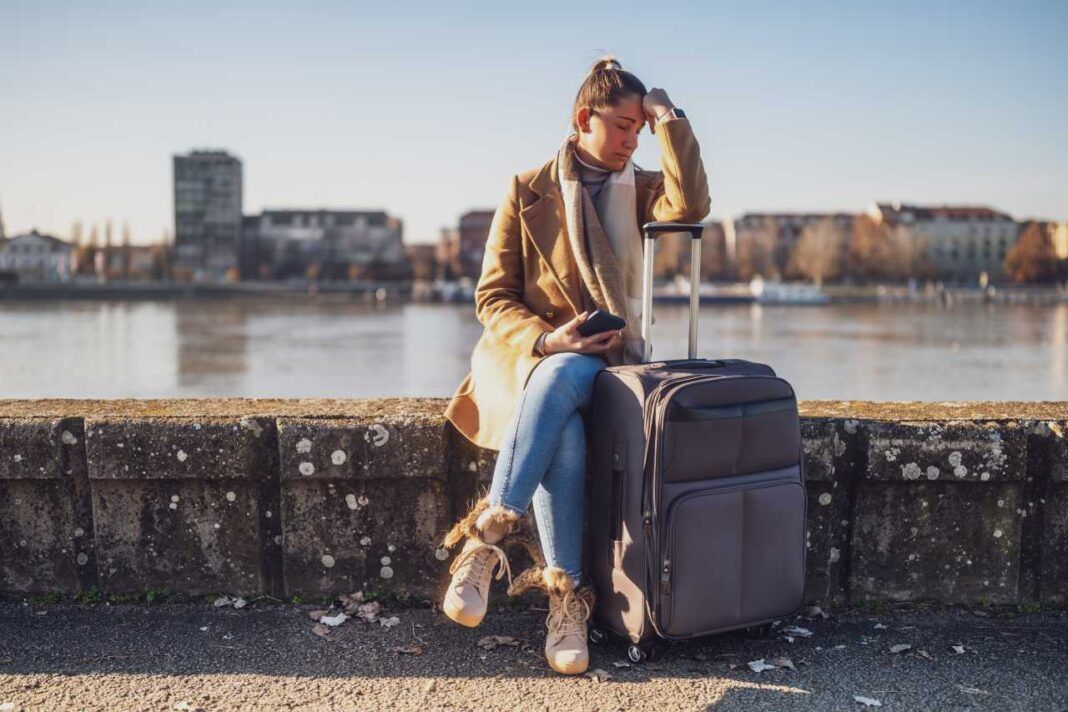Overtourism occurs when a destination has more visitors than it can sustainably manage. Key factors contributing to this issue include the rising popularity of tourist spots because of the influence of the internet and social media, the availability of cheaper travel options, and increasing population density. Overtourism leads to some dire consequences, and if not kept in check, it can be quite detrimental to the ecosystem of a particular place.
Reasons to control overtourism
Excess crowd
One of the simplest reasons overtourism needs to be kept in check is that it can ruin everyone’s travel experience. Long lines, packed attractions, and limited space for relaxation are a few of its consequences. Additionally, overtourism can put pressure on the local resources and ecosystem.
Increase in pollution
The exhaust emissions from vehicles traveling to and from a destination can harm air quality. Additionally, an increase in tourist influx can lead to more single-use plastic consumption, which contributes to waste pollution.
Quick wear and tear of infrastructure
With a constant stream of tourists, infrastructure such as roads, bridges, and public transport can face significant wear and tear.
Negative impact on ecosystems
As tourist numbers rise, more natural resources are consumed, impacting the natural ecosystem. A simple example is the felling of trees for building hotels and parking spots, which can also disturb the wildlife of the place.
Ways to avoid overtourism at popular spots
Travel during off-season
One of the simplest ways to reduce overtourism is to avoid visiting crowded tourist attractions in peak seasons. During winter months, for instance, sunny and warm places such as California, Hawaii, and Florida experience a lot of footfall. Both the climate and the holiday season drive tourism in those months. So, a responsible way to travel is to visit those places during off-seasons or at least shoulder seasons when the tourist influx is relatively low.
Consider less popular destinations
Choosing alternative and underrated travel destinations instead of the usually popular ones is also a great way to prevent overtourism. Since these places do not see a lot of visitors, a trip there will help ease the pressure on the most opted destinations. Pioneer Valley in Massachusetts, the Ouachita Mountains in Arkansas, and Buffalo in New York, for instance, are some off-the-beaten-path travel destinations in the country that one can consider visiting.
Choose less-visited spots
Even when visiting popular tourist destinations, one can still participate in sustainable travel practices and contribute to preventing overtourism by avoiding the most popular tourist spots. For instance, instead of visiting city centers and the most famous landmarks, consider exploring local markets or lesser-known attractions within the same city. This is also a great way to find hidden gem travel spots. Also, to avoid missing out, visit those places earlier in the day or later in the day when there are fewer people.
Avoid staying in popular hotels
Another way to sustainably travel is to choose locally owned guesthouses or homestays for accommodation instead of popular hotels. Staying in locally owned properties firstly contributes to local economies. Secondly, staying in big hotel chains would lead to overusing resources since these establishments often use large amounts of energy and water to host visitors. Along with that, staying with locals and families allows one to have an authentic travel experience and learn about the place’s culture and customs.
Eat at local restaurants and eateries
One of the major negative effects of overtourism is that it gradually diminishes the place’s local culture. The more a place experiences tourist influx, the more it is taken over by commercialism, which majorly caters to foreign preferences. So, while eating at large international hotel chains at tourist destinations may seem convenient, it is also a way to contribute to the negative impacts of overtourism. Choosing local eateries instead will help retain the food culture of the place and boost the place’s economy.
Use public transportation
As more people visit a tourist destination, transportation within that city increases drastically, whether toward popular landmarks or just to explore the place. For this purpose, many tourists may prefer using private vehicles to have a more flexible and personalized experience. However, more private vehicles mean more pollution, increased traffic, and an extensive strain on the city’s roads. This is why choosing public transport is an eco-friendly travel option. Using buses, subways, and trams can help reduce the number of vehicles on the road and can generally be a more sustainable way to get around.
Avoid geotagging destinations on social media posts
Social media is currently one of the biggest contributors to overtourism. Sharing an image or video from a tourist spot instantly promotes the place and encourages people to make it their next holiday destination. While this may seem fine initially, it can be detrimental to the place in the long run since not everyone visiting it is willing to practice sustainable travel practices. Likewise, not every tourist will understand or be respectful of the local culture. Either way, it simply leads to overcrowding in the place. All of these factors eventually diminish the natural beauty, allure, and cultural traditions of the place. So, even if one wishes to share their holiday pictures and memories from a new tourist destination with the world, they should avoid geotagging the place in their posts.
